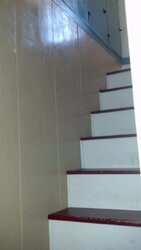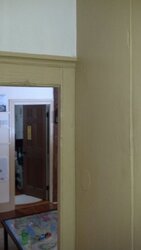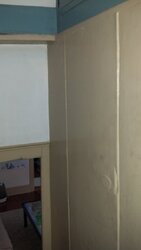I'm looking for photo examples of old (pref. 18th century) vertical wood planked walls, and in particular doors. I have a room above the garage in the new addition to our old house, in which the previous owner or builder framed and walled around an HVAC air handler, leaving an odd cubby which I plan to turn into a cupboard. Since my full woodshop is not yet set up, I decided I'd do this as plain T&G with bead planked doors, rather than M&T raised panel doors. That's not out of place here, as some of our other doors (particularly in the basement) are planked.
I'm thinking of doing the doors and the surrounding wall area in T&G planking, and haven't decided on how to handle the door casings, if I even add any. I figure they could be applied on top of the planking, or set flush with the planking, even having tongues on the ends of the planking the fit a groove in the casing, if I do so. Just looking for some photos, so I can gauge what might look most fitting.
Thanks!
I'm thinking of doing the doors and the surrounding wall area in T&G planking, and haven't decided on how to handle the door casings, if I even add any. I figure they could be applied on top of the planking, or set flush with the planking, even having tongues on the ends of the planking the fit a groove in the casing, if I do so. Just looking for some photos, so I can gauge what might look most fitting.
Thanks!


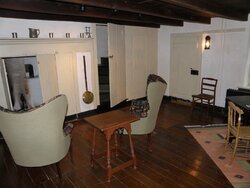
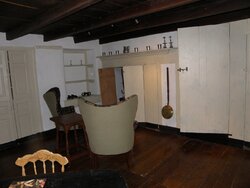
 I can do router work (tongue and groove, beading, etc.) right in the room where I'm doing the install, which is currently heated.
I can do router work (tongue and groove, beading, etc.) right in the room where I'm doing the install, which is currently heated.